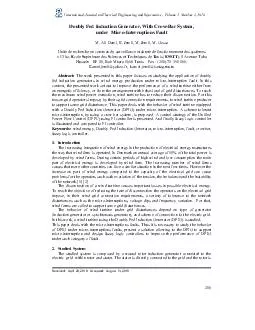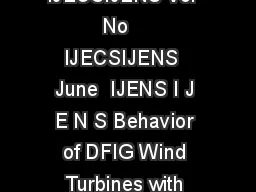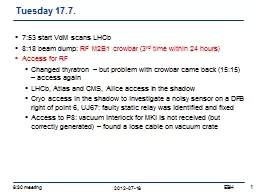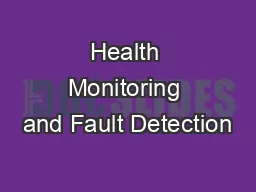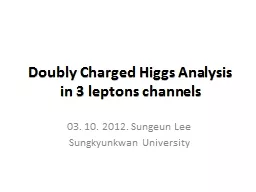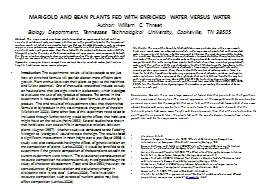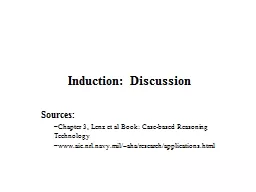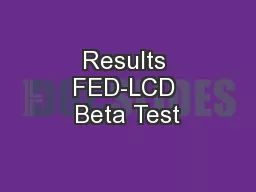PDF-Doubly Fed Induction Generator With CrowBar System under MicroInterruptions Fault ESSTT
Author : jane-oiler | Published Date : 2015-03-13
Introduction 2 Studied System brPage 2br M Ali Dami et al brPage 3br 02 04 06 08 12 14 02 02 04 06 08 12 12 pu 6 ms 7 ms 8 ms 9 ms 10 ms 11 ms 12 ms 13 ms Vitesse
Presentation Embed Code
Download Presentation
Download Presentation The PPT/PDF document "Doubly Fed Induction Generator With Crow..." is the property of its rightful owner. Permission is granted to download and print the materials on this website for personal, non-commercial use only, and to display it on your personal computer provided you do not modify the materials and that you retain all copyright notices contained in the materials. By downloading content from our website, you accept the terms of this agreement.
Doubly Fed Induction Generator With CrowBar System under MicroInterruptions Fault ESSTT: Transcript
Download Rules Of Document
"Doubly Fed Induction Generator With CrowBar System under MicroInterruptions Fault ESSTT"The content belongs to its owner. You may download and print it for personal use, without modification, and keep all copyright notices. By downloading, you agree to these terms.
Related Documents

